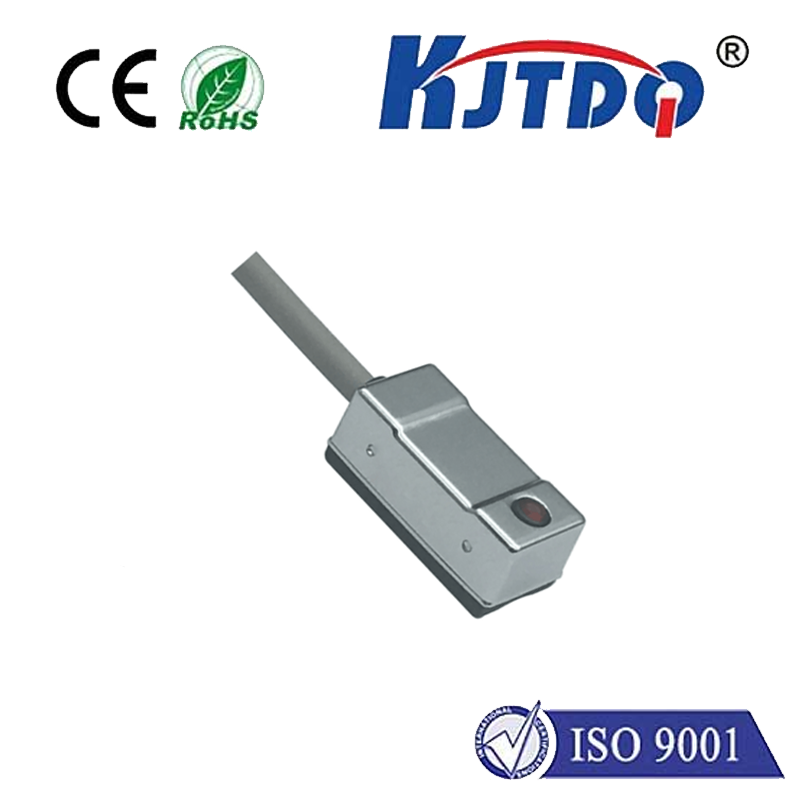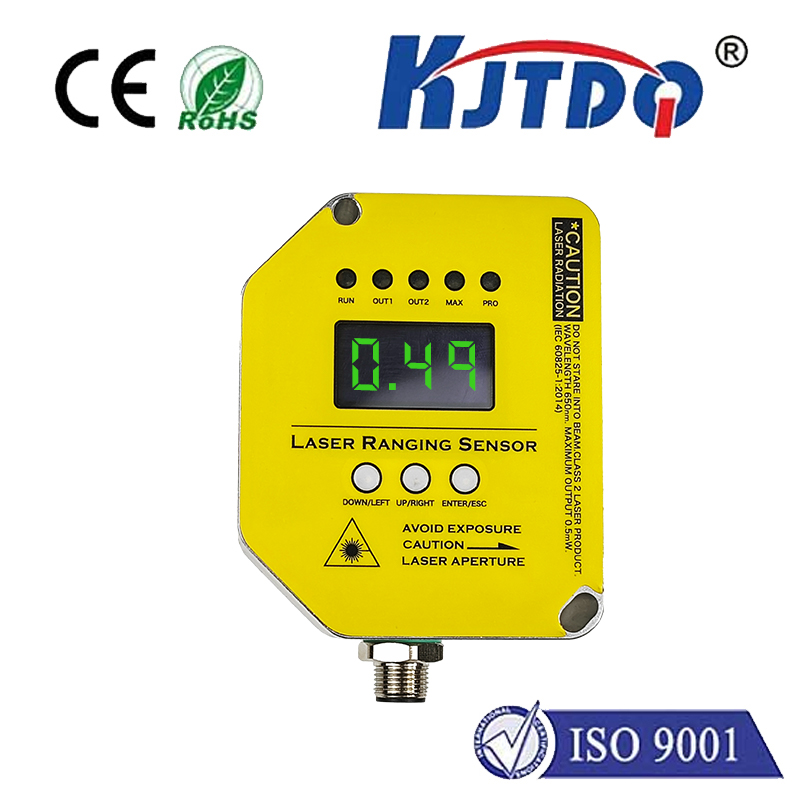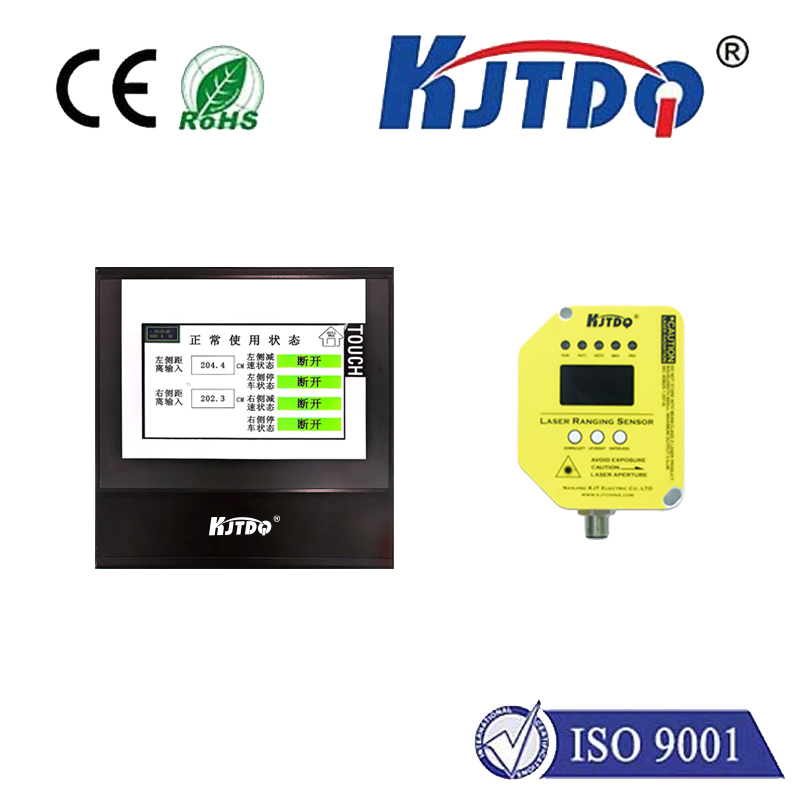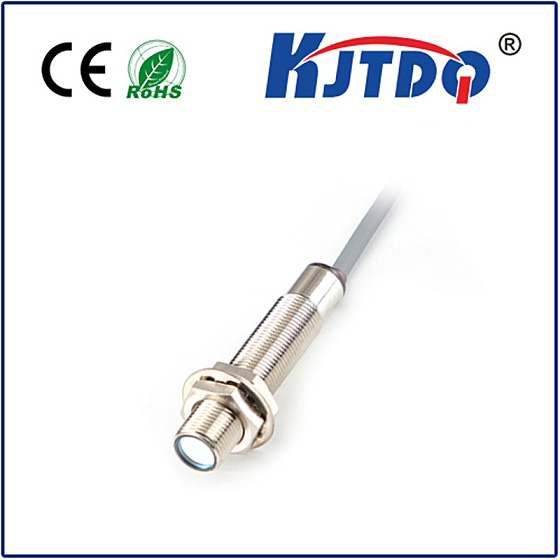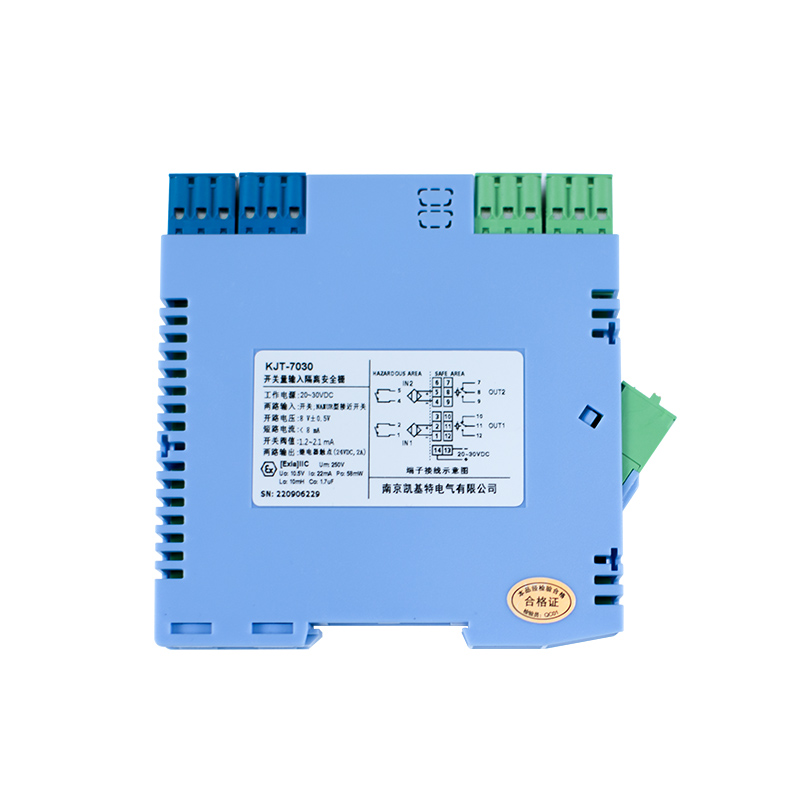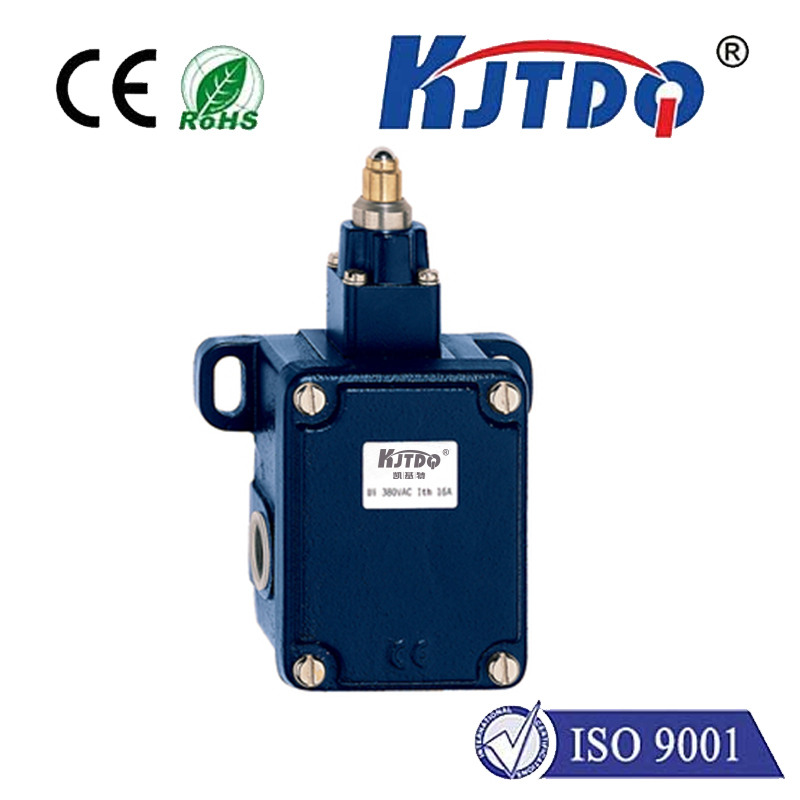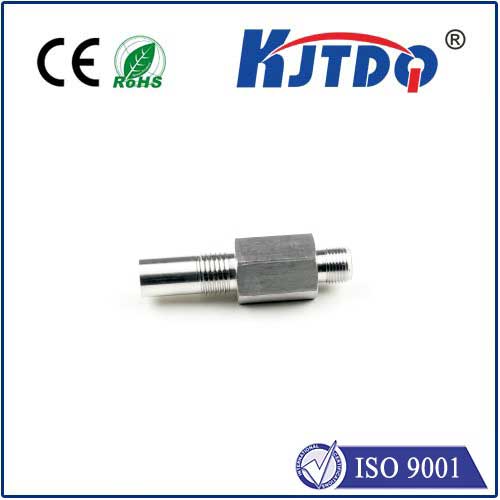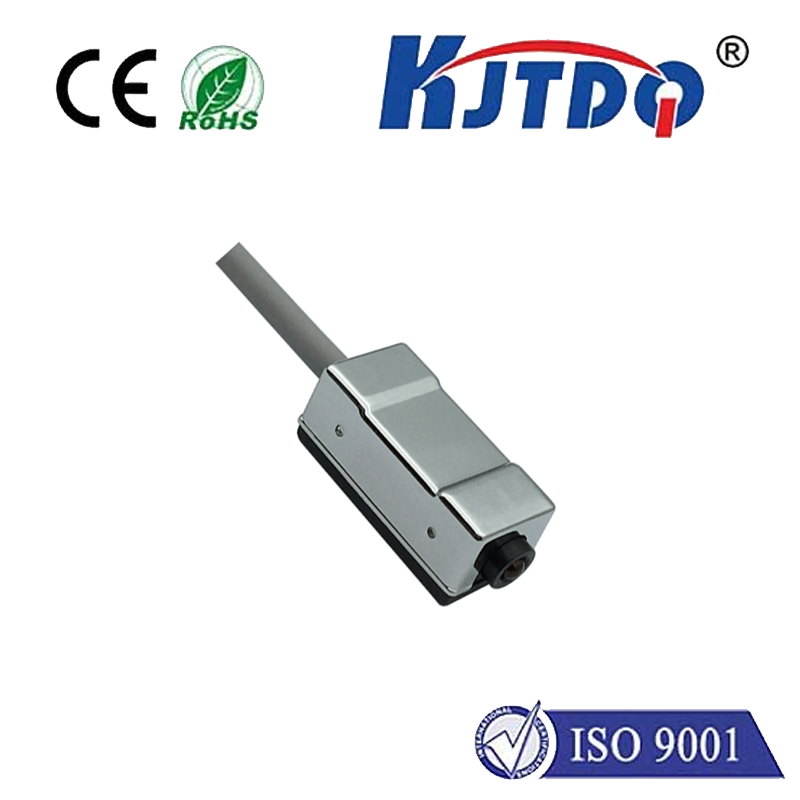Тяжелый микровыключатель
- time:2025-07-31 01:45:57
- Нажмите:0
Heavy Duty Micro Switch: Powering Reliability in Demanding Environments
Imagine a critical production line grinding to a halt. Not due to a complex system failure, but because a single, seemingly insignificant switch component failed under the relentless pressure of an industrial setting. This costly scenario underscores the vital importance of components engineered for toughness – components like the heavy-duty micro switch. Far more than just an electrical toggle, these specialized switches are the unsung heroes ensuring precision and resilience where standard components falter.
Understanding the Heavy-Duty Difference
At its core, a micro switch, or miniature snap-action switch, is defined by its fast, positive switching mechanism activated by a plunger, lever, or roller at a specific point (its operating point) with a distinct “snap” action. This design offers precise actuation, reliability, and a long life cycle – perfect for countless applications.

However, conventional micro switches often reach their limits in harsh environments. What transforms a standard micro switch into a heavy-duty micro switch?
- Прочная структура: Heavy-duty models feature significantly reinforced housings, often made from durable thermoset plastics or even metal alloys. This provides superior resistance to impact, vibration, and physical abuse common in industrial machinery, heavy vehicles, or outdoor equipment.
- High-Current Handling: While standard micro switches might handle a few amps, heavy-duty variants are specifically designed for higher electrical loads. They incorporate robust, often silver-alloy contacts capable of switching currents of 15A, 20A, 25A, or even higher reliably and repeatedly, crucial for motors, solenoids, and high-power industrial loads. They resist contact welding and arcing far better.
- Environmental Fortification: Heavy-duty switches boast significantly enhanced ingress protection (IP ratings). Seals and gaskets effectively shield the internal mechanism from dust, dirt, moisture, oil, and corrosive agents. IP67 (dust-proof and waterproof for temporary immersion) is a common standard, making them suitable for washdown areas, agricultural machinery, and marine applications.
- Mechanical Endurance: Life expectancy is paramount. These switches are built with stronger springs, hardened actuators, and reinforced internal components to withstand millions of operations under high-stress conditions. Their longer mechanical life directly translates to reduced downtime and maintenance costs.
- Optimized Actuation: Actuators (levers, rollers) are beefier and designed to handle higher forces without deformation or premature failure. The switching mechanism itself may be modified to offer a more positive, reliable snap-action even under heavy mechanical loads or shock.
Beyond the Specifications: Where Heavy Duty Reigns Supreme
The true value of a heavy-duty micro switch isn’t just in its specs, but in the critical functions it reliably performs where failure is not an option:
- Industrial Automation & Machinery: CNC machines, pressing equipment, robotic arms, conveyor systems, palletizers. Handling high currents for motor starters, providing precise position feedback on moving parts, and functioning reliably amidst constant vibration and coolant/oil exposure.
- Agricultural & Construction Equipment: Tractors, combines, excavators, loaders. Exposed to extreme dust, mud, vibration, impact, and temperature swings. Used for safety interlocks, position sensing on booms and buckets, and monitoring implement status. Durability here is absolutely mission-critical.
- Material Handling & Logistics: Forklifts, automated guided vehicles (AGVs), warehouse robotics. Ensuring precise positioning, detecting load presence/limits on lifts, and providing safety stop triggers – all while enduring constant shocks from uneven floors and heavy loads. High shock and vibration resistance is non-negotiable.
- Transportation & Automotive: Heavy-duty trucks, buses, railway systems, marine applications. Used in door interlocks, brake pedal switches, gearbox selectors, seat occupancy sensors (especially for heavy-duty seats), and engine compartment sensors. Resistance to moisture, grease, and severe temperature cycling is essential.
- Commercial & Appliance: Heavy-duty commercial laundry machines, high-capacity vending machines, industrial cleaners and HVAC systems. Withstanding constant mechanical cycling, detergent exposure, and demanding electrical loads that household-grade components simply cannot handle.
- Safety Systems: Emergency stop circuits (E-stops), machine guarding interlocks, and process control safety loops. A heavy-duty micro switch provides the uncompromising reliability needed where human safety is directly at stake.
Selecting the Right Heavy-Duty Champion
Choosing the appropriate heavy-duty micro switch requires careful consideration of the application’s demands:
- Electrical Rating (Amps & Volts AC/DC): Select a switch rated significantly higher than the maximum anticipated load to ensure longevity and safety under surge conditions.
- Environmental Rating (IP Code): Match the IP rating to the specific threats present – dust, water jets, oil immersion, corrosive chemicals? IP65 or IP67 is often a baseline for heavy-duty applications.
- Actuator Type & Force: Consider the physical method of actuation (roller lever, pin plunger, simulated roller, etc.) and the required operating force and travel distance needed for reliable triggering. The actuator must withstand the physical stress.
- Mechanical Life Expectancy: Look for switches rated for the number of cycles needed – millions are typical for heavy-duty models.
- Temperature Range: Ensure the switch operates reliably at the hottest and coldest temperatures it will encounter.
- Mounting Configuration & Termination: Screw terminals are common for heavy-duty applications due to their secure connection. Consider panel mount, PCB mount, or quick-connect options based on installation needs. Proper mounting is crucial for stability and stress reduction.
- Certifications: Look for relevant safety and industry certifications (UL, CSA, CE, VDE, etc.) depending on the region and application.
The Investment in Uncompromising Performance
While heavy-duty micro switches typically carry a higher initial price tag compared to their standard counterparts, this is unequivocally an investment, not just a cost. The true value emerges dramatically through:
- Radically Reduced Downtime: Their inherent reliability translates directly into fewer unexpected failures, keeping production lines running and equipment operational. Minimized downtime saves substantial money.
- Lower Total Cost of Ownership: Significantly extended service life, coupled with reduced frequency of replacements and associated labor costs, means a far lower overall expenditure over the life of the machine. Performance pays for itself.
- Повышение безопасности: In critical applications like interlocks and emergency stops, the proven reliability of a heavy-duty switch is a fundamental safety requirement, protecting personnel and preventing catastrophic equipment damage.
- Consistent Precision: Stable operation under demanding conditions ensures consistent and accurate position sensing or switching, maintaining optimal process control and product quality.
In the demanding arenas of industry, construction, transportation, and beyond, where reliability is paramount and failure carries significant consequences, the heavy-duty micro switch stands as a critical enabler. Its reinforced construction, high-current capacity, environmental fortification, and exceptional mechanical endurance make it the indispensable choice for applications where standard switches simply aren’t built to last. Choosing the right heavy-duty switch isn’t just selecting a component; it’s strategically investing in the continuous, safe, and cost-effective operation of your most vital equipment.


